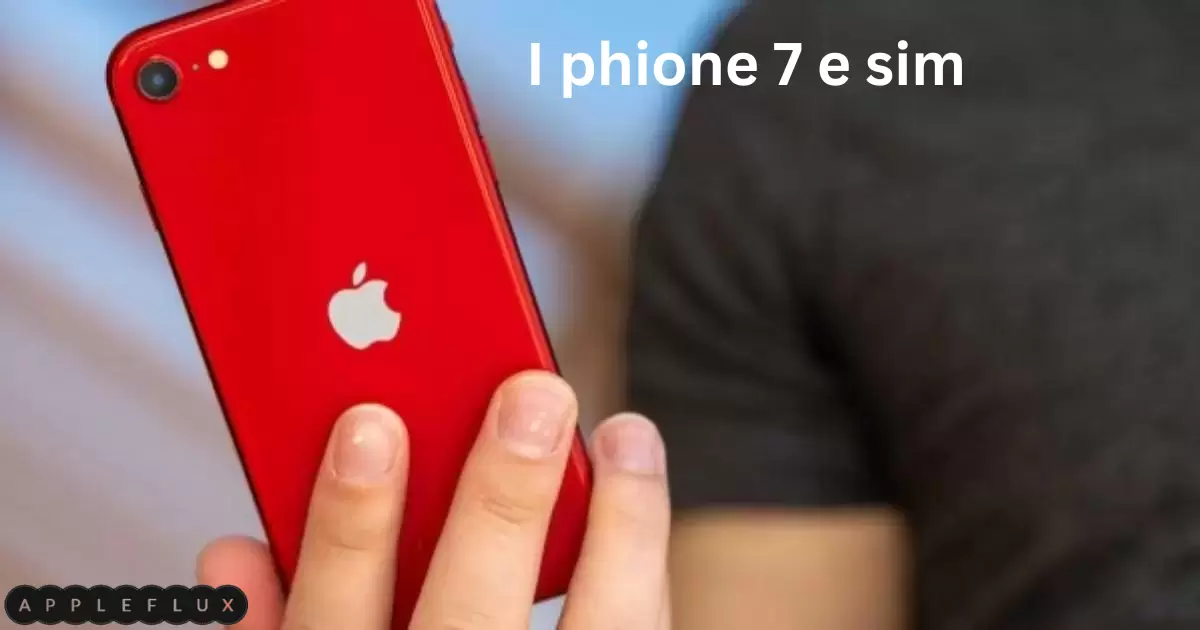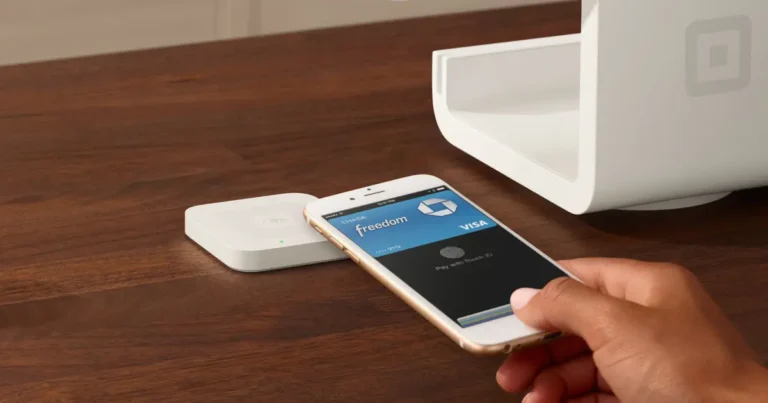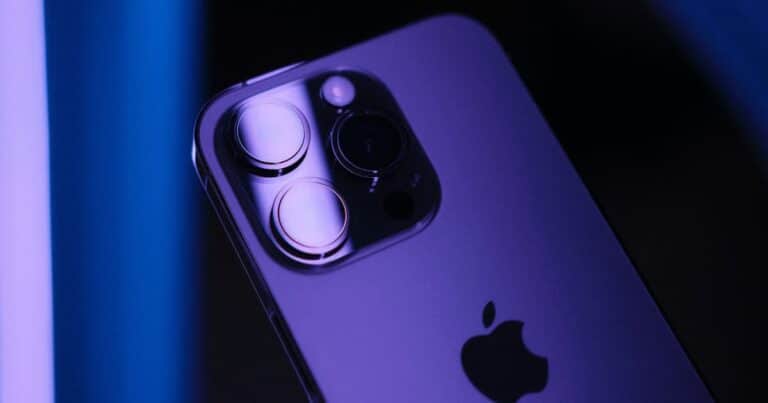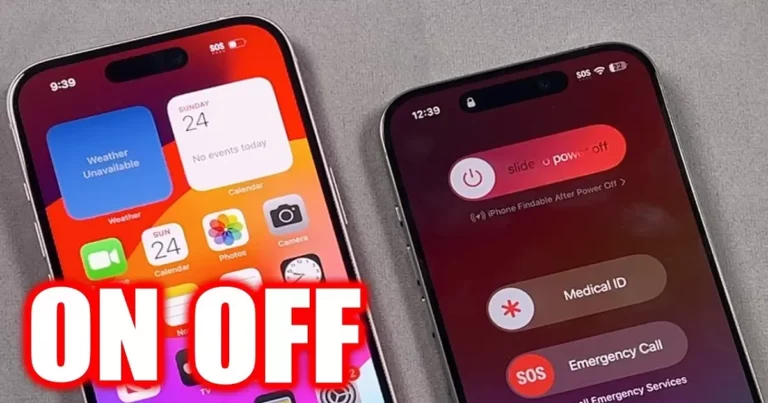Does Iphone 7 Have Esim?
The iPhone 7, released in 2016, did not initially support eSIM technology. However, subsequent iOS updates enabled eSIM functionality on some carriers for this older iPhone model.
You are unlocking new possibilities! Wondering if your trusty iPhone 7 supports eSIM? Get ready for a revelation. While not equipped initially, some iOS updates have breathed life into eSIM functionality on select carriers. Stay tuned to discover if your device can tap into the future of connectivity!
Background on iPhone 7
Released in September 2016, the iPhone 7 marked a significant step in Apple’s smartphone evolution. It boasted improved camera capabilities and a more powerful processor and was the first iPhone to be water and dust-resistant. However, regarding SIM technology, it maintained an approach similar to its predecessors.
The iPhone 7 used a physical nano-SIM card, like the iPhone 6S before. This was before Apple integrated more advanced SIM technologies into their phones. Compared to the later iPhone 8 or the more revolutionary iPhone X, the iPhone 7’s SIM technology appears traditional, focusing on stability rather than innovation.
Explaining eSIM Technology
Table: Comparison of eSIM and Traditional SIM Cards
| Feature | Traditional SIM | eSIM |
| Physical Form | Removable card | Embedded in device |
| Flexibility | Requires physical swap | Remotely programmable |
| Durability | Susceptible to damage | More robust and less prone to damage |
| Device Design | Requires SIM tray | Allows for slimmer designs |
| Adoption | Widespread in older models | Increasing in newer models |
eSIM, or embedded SIM, is a revolutionary technology that eliminates the need for physical SIM cards. It’s integrated directly into the device’s hardware, allowing users to switch carriers or plans without changing a physical card. This technology represents a leap towards more flexible and streamlined mobile devices.
The adoption of eSIM technology has been a game-changer in the smartphone industry. It offers significant advantages over traditional SIM cards, including the ability to house multiple profiles and easy switching between carriers. Its integration signifies a step towards more efficient and user-friendly device design, particularly in the context of global connectivity and travel.
eSIM Availability in iPhones
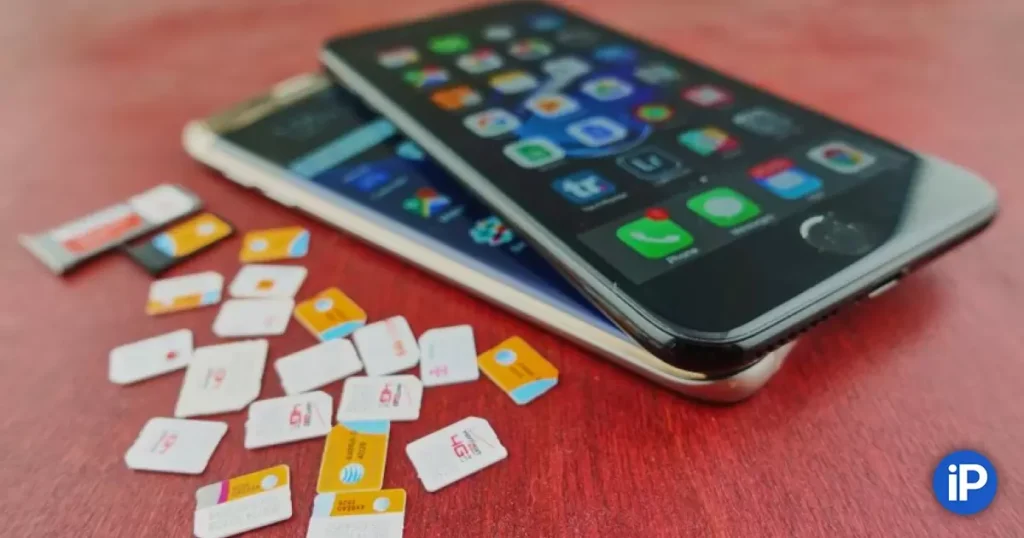
Apple introduced eSIM technology to their devices with the iPhone XS, XS Max, and XR in 2018. This marked a significant milestone in iPhone design, highlighting flexibility and global connectivity. The list of iPhone models supporting eSIM has continued to expand, with newer models all incorporating this advanced technology. So, does the iPhone 8 have eSIM capability?
In contrast, earlier iPhone models, including the iPhone 7, were designed before the advent of eSIM technology. These models rely solely on traditional nano-SIM cards. As a result, users of these older models don’t have access to eSIM technology’s benefits, such as carrying multiple numbers and easy carrier switching.
The iPhone 7 and eSIM Compatibility
The iPhone 7, as a product of its time, does not support eSIM technology. ESIM was not yet a standard smartphone feature when it was designed and released. The device has a single nano-SIM card slot, limiting it to traditional physical SIM cards.
This limitation means that iPhone 7 users cannot enjoy the flexibility and convenience offered by eSIM technology. They cannot maintain multiple carrier profiles or switch carriers software-wise, a significant drawback for users who frequently travel or wish to switch between different network providers easily.
Alternatives and Solutions
For iPhone 7 users seeking eSIM functionality, upgrading to a newer iPhone model is the most straightforward solution. Models from the iPhone XS onwards support eSIM, offering the advanced features associated with this technology. This upgrade can significantly enhance the user’s connectivity experience, especially for those who travel frequently or require multiple numbers.
However, if upgrading is not an option, users may consider external devices or services that mimic some eSIM features. These could include portable Wi-Fi hotspots or dual-SIM adapters, although these solutions cannot fully replicate the convenience and integration of a true eSIM.
FAQs
Is eSIM available on the iPhone 7?
ESIM functionality is available on some iPhone 7 devices through specific carrier updates.
Can I activate eSIM on any iPhone 7?
Not all iPhone 7 models support eSIM; compatibility depends on your carrier and location.
How do I check if my iPhone 7 supports eSIM?
Check with your carrier and verify if they offer eSIM support for your iPhone 7.
What benefits does eSIM offer on the iPhone 7?
eSIM allows dual SIM functionality, making using two phone numbers on one device convenient.
Can I switch carriers easily with eSIM on the iPhone 7?
Yes, eSIM simplifies switching carriers without needing a physical SIM card, making it more flexible.
Conclusion
In summary, the iPhone 7, a device from an earlier era of smartphone technology, does not support eSIM. While it was advanced for its time, the rapid evolution of mobile technology has led to newer models surpassing it in terms of connectivity options; for users who value the flexibility and convenience of eSIM technology, upgrading to a unique iPhone model is advisable.
As the smartphone industry evolves, the shift towards more integrated and user-friendly technologies like eSIM is inevitable. While the iPhone 7 remains a reliable and capable device, it represents a snapshot of a time before the widespread adoption of eSIM technology. For those seeking the cutting-edge features of modern smartphones, looking to newer models will be critical.
